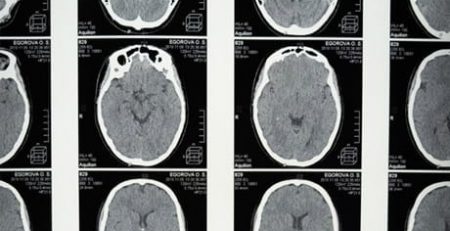Exercise Increases Life Expectancy of Mice
Researchers from The Ottowa Hospital and the University of Ottawa in Canada recently released a report in Cell Reports declaring findings that imply that a molecule released during exercise drastically improves the health of brain-damaged mice, massively increasing their life expectancy, as well as their ability to walk and balance, IFLScience.com reports. They now hope to use what they’ve learned to create new treatments for neurodegnerative disorders such as multiple sclerosis.
The team bred mice that were missing a key gene which was linked to an underdeveloped cerebellum (the part of the brain associated with coordination and movement). These mice struggled to walk and typically died within six weeks of being born. However, if these mice were given regular access to a running wheel, they not only became better at walking, but also lived for up to a year. The researchers also discovered that if the wheel was removed – aka the mice ceased exercising – the condition of the mice deteriorated.
Researchers found that the mice that exercised had more oligodendrocytes – a type of neuroglia found in the central nervous system that functions to produce an insulating sheath on nerve fibers, which makes them more efficient at transmitting impulses. This led researchers to deduce that continued exercise alters the way that certain genes are expressed. The researchers analyzed the mice’s RNA and identified a molecule called VGF nerve growth factor, which is known to stimulate the creation of oligodendrocytes, and had previously been found to be released during exercise.
Based on this discovery, researcher David Picketts explained that “VGF is important to kick-start healing in damaged areas of the brain,” adding that it could one day be used to treat neurological disorders in humans, according to IFLScience.com.














